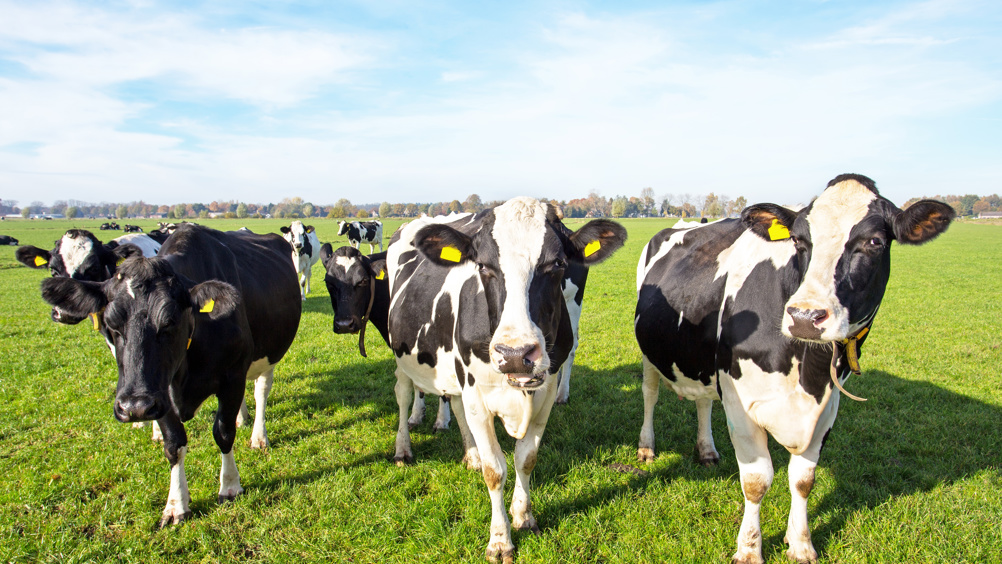References
The impact of bovine viral diarrhoea virus on fertility in cattle and the protective effect of vaccination

Abstract
Bovine viral diarrhoea virus (BVDV) infection is associated with significant reproductive losses in cattle through the detrimental impact of both persistent and transient infection on breeding females and males. The pathology within the reproductive tract is well described, although the mechanisms that lead to reproductive failure have yet to be fully unravelled. Prolonged shedding of virus following acute infection of bulls in both the peri- and post-pubertal periods has been observed, although the significance of this in relation to reproductive failure and the spread of infection has yet to be fully explored for the UK situation. Infection and recovery lead to an immune state in the female that is protective against breeding failure and generation of persistently infected calves. Vaccination using either of the two vaccines licensed for the control of BVDV infection in breeding cattle in the UK has been shown to be protective against fetal infection. In the UK where regional and herd level eradication of BVDV is progressing against a background of endemic infection, vaccination would appear to offer stopgap mitigation against reinfection until such times as national eradication is achieved.
Bovine viral diarrhoea virus (BVDV) is a Pestivirus that can have a range of negative impacts on the health and productivity of cattle herds through effects on fertility (Lanyon et al, 2014) and immunosuppression (Chase, 2013). In total 95% of non-vaccinating dairy herds in England and Wales had antibody to BVDV in the bulk tank milk, with high antibody concentrations found in 65% of the herds (Paton et al, 1998). Using similar methodology, 20.5% of non-vaccinat-ed Scottish dairy herds were estimated to have high levels of antibodies to BVDV in the bulk tank milk (Humphry et al, 2012). More recently, an evaluation of a voluntary BVDV control programme in England found that 13.5% of beef breeding herds and 20% of dairy herds that submitted samples for testing had at least one antibody-or virus-positive animal in the samples submitted during 2020 (Prosser et al, 2022). While this constitutes a biased sample of the English breeding herd, it nevertheless indicates that BVDV continues to be active in cattle herds throughout England.
Register now to continue reading
Thank you for visiting UK-VET Companion Animal and reading some of our peer-reviewed content for veterinary professionals. To continue reading this article, please register today.

